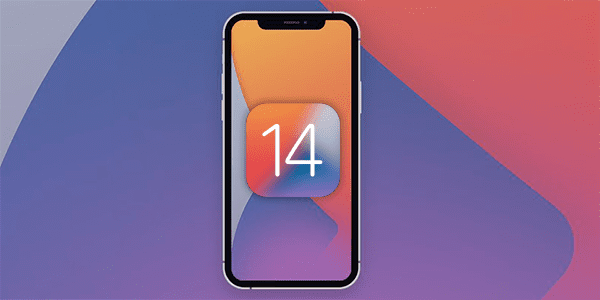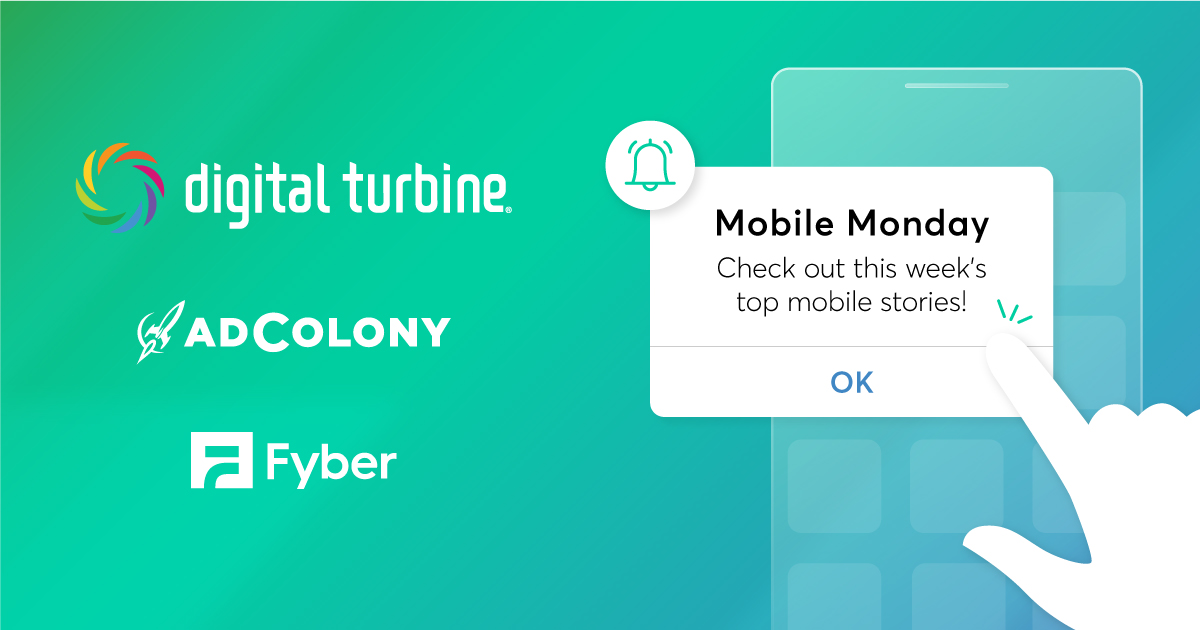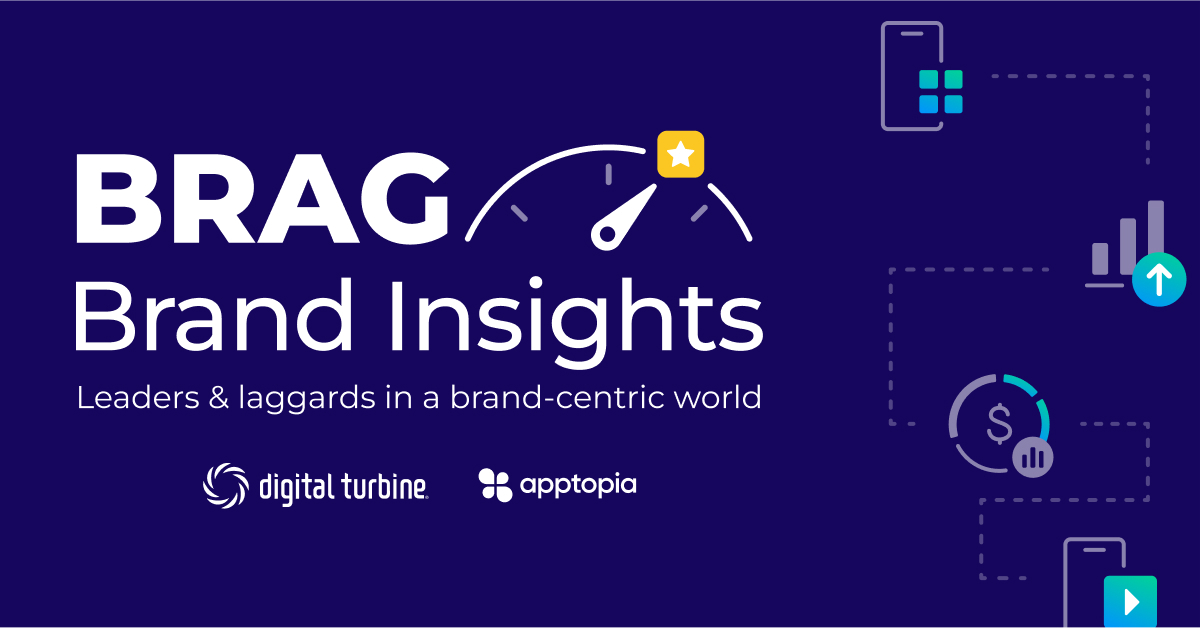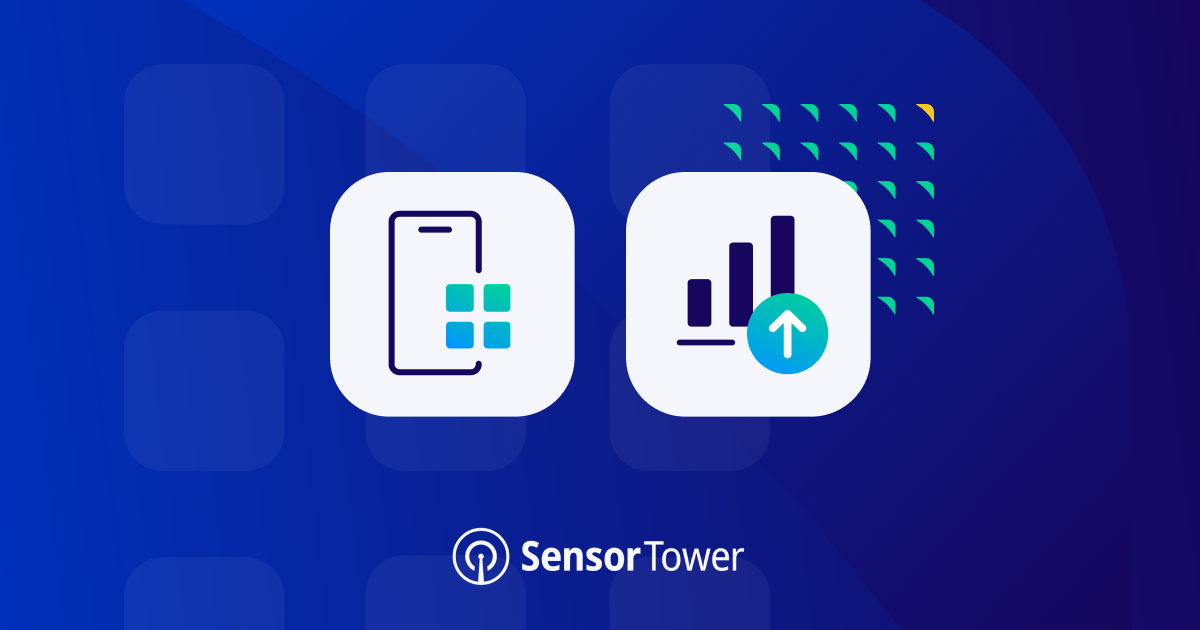To say privacy has gone from something most mobile developers kept in the back of their mind five years ago to one of the most important parts of their business is an understatement. With its WWDC announcement last week, Apple has placed the responsibility of consent on developers with a modal to track users or share device IDs with third parties. The changes are simple to implement for developers, but the impacts on the entire mobile ecosystem are complicated, and it’s worth taking time to understand these changes.
The 30,000 Foot View
From iOS 10 onward, users go to Settings to limit ad tracking (LAT) for all apps. This made the device’s IDFA (Identifier for Advertisers) send all zeroes for tracking purposes. In any other case, developers transmitted these identifiers to ad networks, mediators, measurement providers (MMPs) and so forth, in line with their individual opt-in policies. By default, users were opted-in to sharing their IDFA.
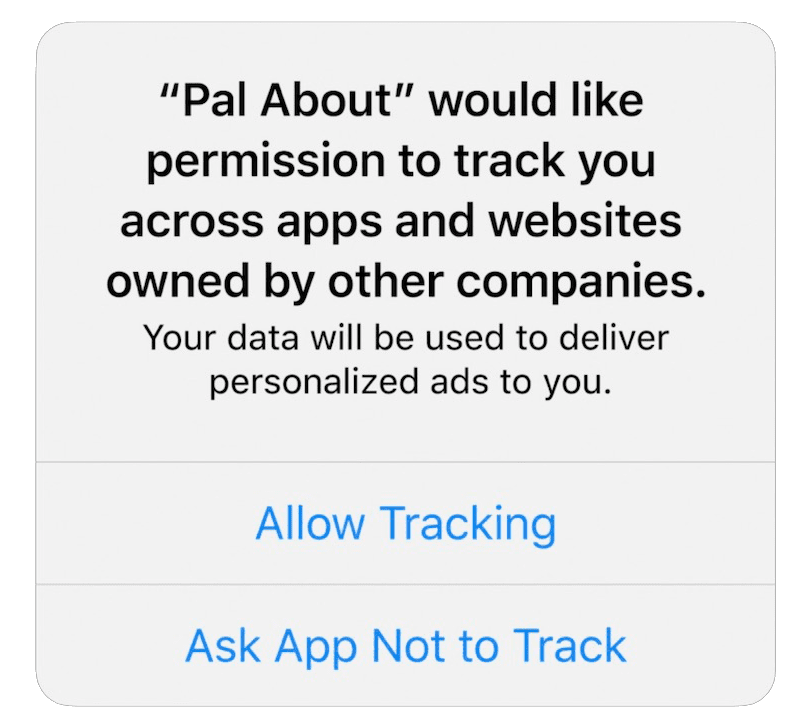
The biggest user-facing change as part of Apple’s new approach to privacy is that users will be prompted with a simple prompt asking them to opt-in on an app-by-app basis. This is obviously a huge change.
Behind the scenes, there’s a little more needed in order for an IDFA to be shared with a demand source:
- The ad provider (for example, AdColony) must register with Apple and receive an ad network ID as part of Apple’s new SKAdNetwork requirements.
- The monetizing publisher must integrate the ID of ad networks they’re working with into their info.plist and implement the opt-in dialogue in their app. The app will need to have been updated by the developer to show the prompt (below) and properly integrated the ad network ID.
- The user must have the “Allow requests to opt-in” toggle set to “On” in Settings. This setting is turned on by default unless the device is shared. Additionally, if a user had LAT enabled previously, this toggle will be set to “off” when they upgrade to iOS 14.
- The user must affirmatively opt-in via the in-app prompt.
If all of the above criteria are met, Apple shares the IDFA. If any of the above are not met, then Apple sends the IDFA as all zeros, just like if they turned on LAT under iOS 10 or newer. All of these changes roll up under the AppTrackingTransparency framework.
There are other changes too — Apple’s SKAdNetwork will exit beta and become the source for app-install data.
There’s a whole slew of other technical improvements and new APIs for developers to take advantage of, as with every release of iOS. For those who would like to dig in on setting up App Clips, home screen widgets, or any of the changes outside the scope of this post, we encourage you to check out Apple’s own documentation.
Bigger than Limit Ad Tracking
Users are no longer opted in by default. It’s up to developers to ask permission from users, similar to the existing responsibility to get an opt-in and consent to collect and process personal data (often in the service of showing ads) under GDPR.
We don’t know how many users will actually opt-in, or out. As an industry, we are often hyper-aware of these issues, much more so than the average consumer. While MobileDevMemo’s Slack group estimates opt-outs will be quite high, it’s definitely possible that users used to accepting terms and conditions without reading them, or simply mashing the first option on a modal to get to the next screen are the majority and we don’t see that extreme a number.
It’s worth noting that the current Limit Ad Tracking rate on iOS is around 30%, give or take, according to Singular.
Developers have about 100 characters to convince users that sharing their data is a good idea with the modal notification. No doubt best practices and Apple’s own guidelines for what this text can say will be announced before iOS 14 goes live to the public this Fall.
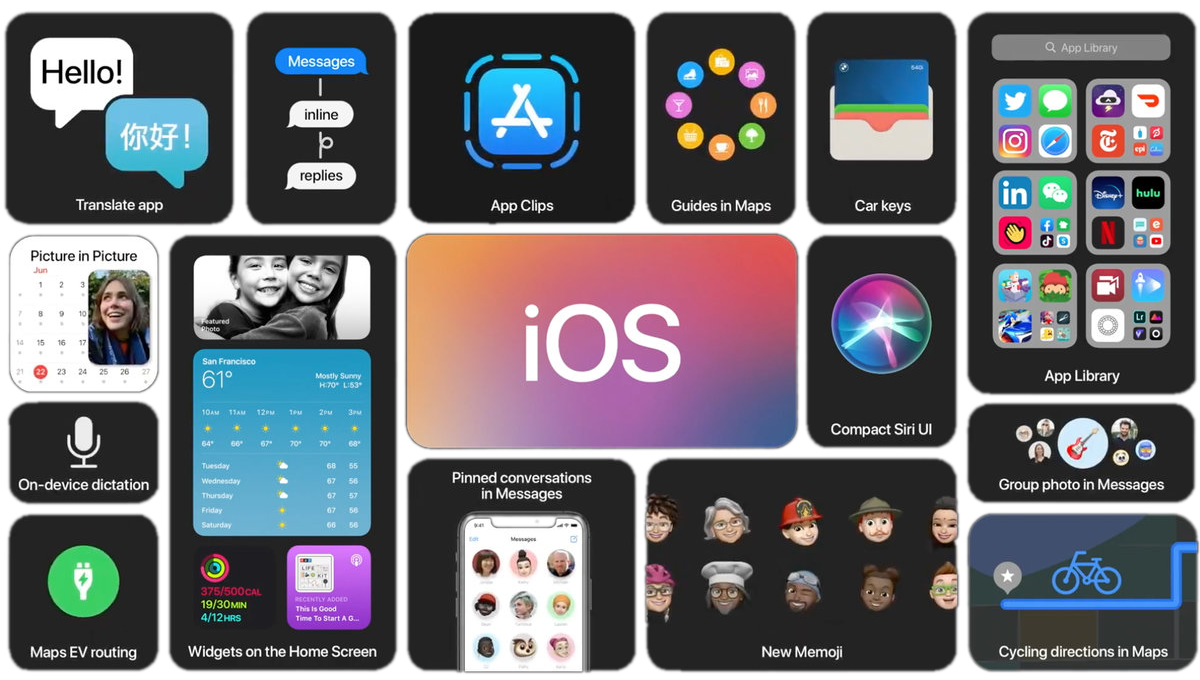
More to Come
It’s only been a few days since Apple shared this news, and product and engineering teams across the industry, including our own talented group, have been hard at work digesting Apple’s publicly available documentation. Much will become clearer over the coming weeks as new versions of the beta version of iOS become available. As Apple approves access to SKAdnetwork access, ad networks, measurement providers, and advertisers will begin to really test implementations and see the real-world interaction of Apple’s simple change to the complex mobile monetization and advertising industry.
The other big factor will be Apple answering questions. iOS14 has been in beta for a short time and these updates and features may be clarified or updated as Apple collects and digests industry feedback.
Whatever Apple has in store, we’ll be ready.
Join the Conversation
What are your thoughts on iOS 14? Tweet us at @AdColony. For the latest AdColony mobile news and updates, follow @AdColony on Twitter, like us on Facebook, or connect on Linkedin.
- Effectively Scaling Apps – The Myth of the Whale Busted - May 17, 2022
- How to Maximize and Optimize Engagement in Your App - May 5, 2022
- Offer Walls for App Monetization: Everything You Ever Wanted to Know - April 14, 2022
